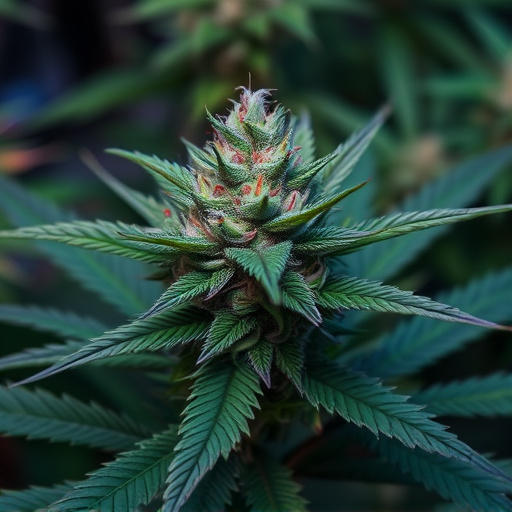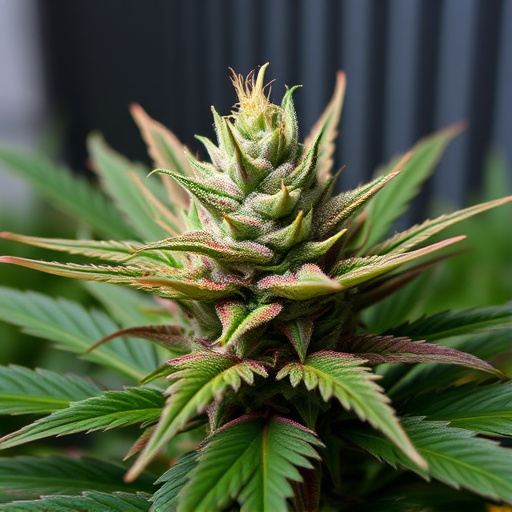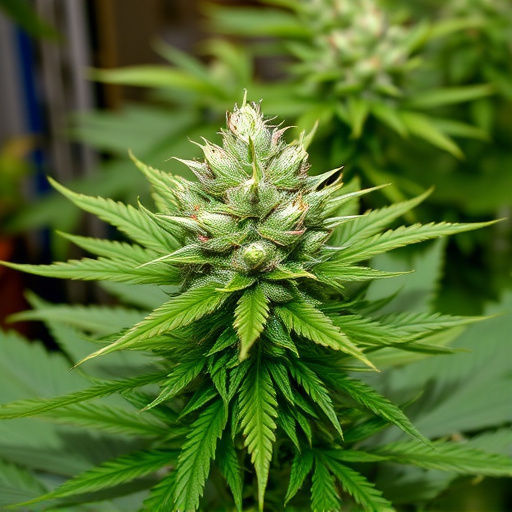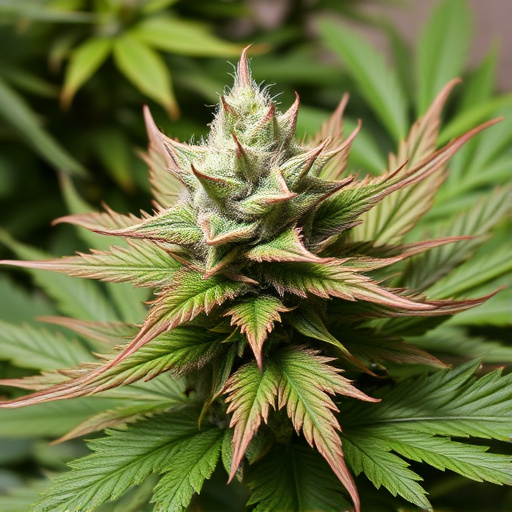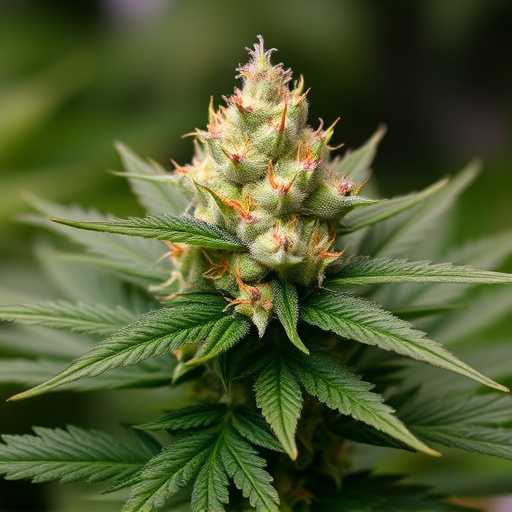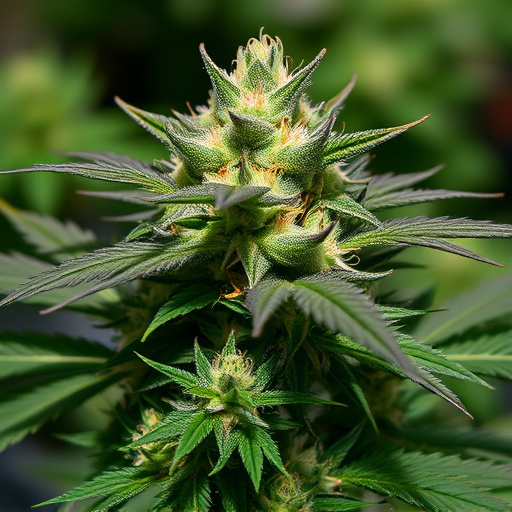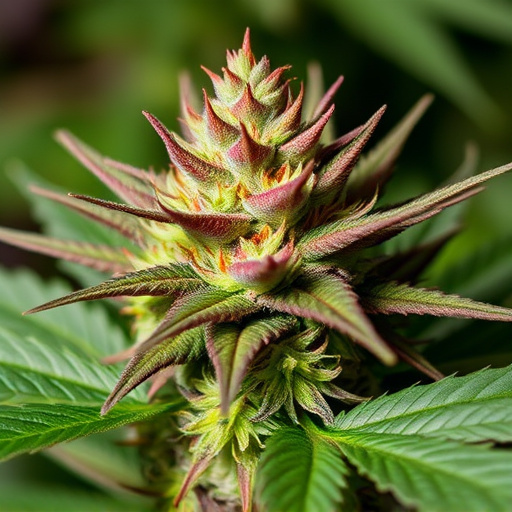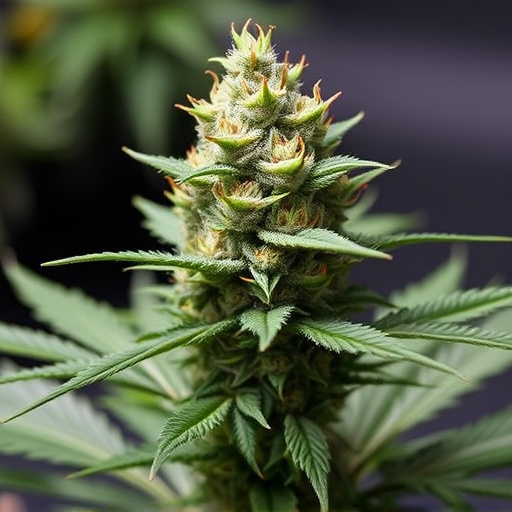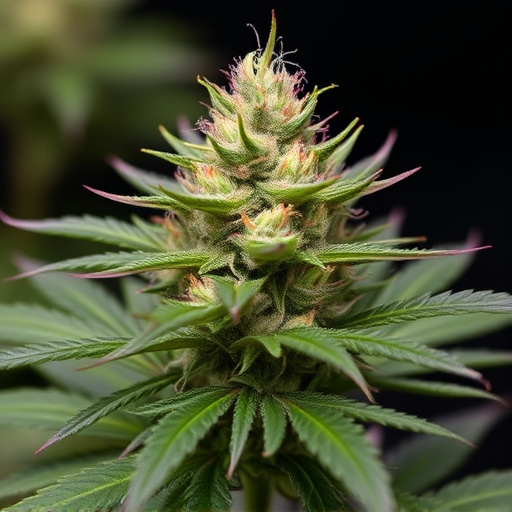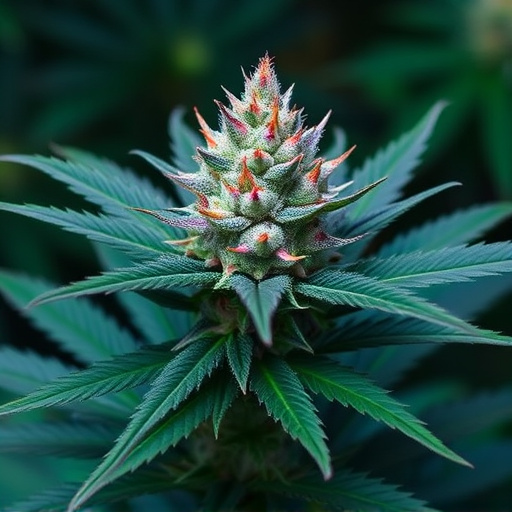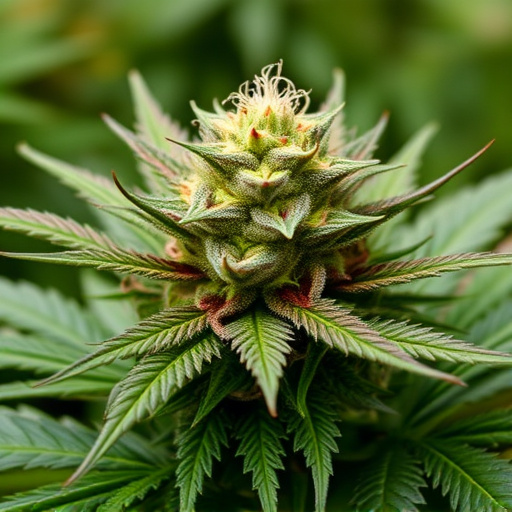The distinctive aroma of cannabis, primarily driven by genetic makeup and terpene profiles, offers a complex sensory experience. Terpenes, aromatic compounds, vary greatly among different strains, including renowned best hybrid cannabis strains, contributing to their characteristic odors. Environmental factors during growth significantly impact the aroma and terpene makeup, making each batch unique. Evaluating cannabis aroma involves recognizing nuanced notes like earthy, fruity, or floral characteristics, shaped by the human nose's detection of volatile organic compounds (VOCs). Connoisseurs use this knowledge to guide consumers toward best hybrid cannabis strains that cater to individual preferences.
Uncover the intriguing secrets behind cannabis aroma in this comprehensive guide. Explore how the genetic composition and terpene profile of various best hybrid cannabis strains lay the foundation for their unique scents. Discover the powerful role environmental factors play in terpene expression, shaping the aromatic experience. Additionally, delve into the sensory perception of cannabis aroma, unraveling its complexities to help you navigate and appreciate the diverse scents of top hybrid strains.
- Genetic Composition and Terpene Profile: The Foundation of Cannabis Scent
- Environmental Factors: How Terpenes Express Themselves
- Sensory Perception: Unraveling the Complexities of Cannabis Aroma Evaluation
Genetic Composition and Terpene Profile: The Foundation of Cannabis Scent
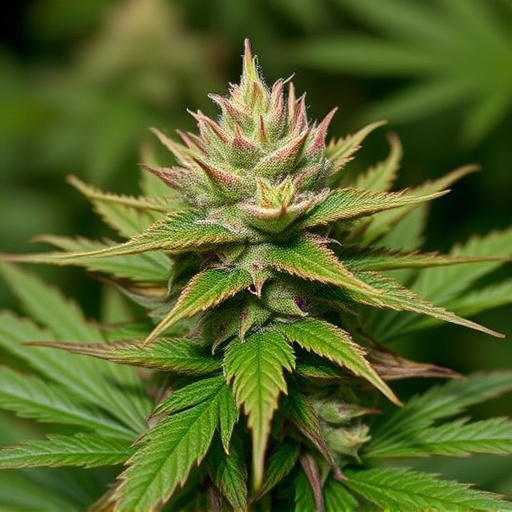
The genetic composition and terpene profile of cannabis plants play a pivotal role in determining their unique aroma, which sets apart even the most similar-looking strains. Each cannabis variety, or ‘strain’, is defined by its specific combination of cannabinoids and terpenes. Cannabinoids like THC (tetrahydrocannabinol) and CBD (cannabidiol) contribute to the overall effect a strain produces, but they don’t directly influence scent. Terpenes, on the other hand, are aromatic compounds that give cannabis its distinctive odour and play a crucial role in the plant’s interaction with our senses.
These terpene profiles vary widely among different cannabis strains, even those classified as best hybrid cannabis strains. Some terpenes commonly found in cannabis include myrcene, limonene, pinene, linalool, and caryophyllene. Each contributes to the overall bouquet in distinct ways; for example, myrcene is known for its earthy, musky notes, while limonene offers a bright, citrusy aroma. The combination and relative concentration of these terpenes create the characteristic scent that helps cultivators and users identify specific strains, enhancing the overall cannabis experience.
Environmental Factors: How Terpenes Express Themselves
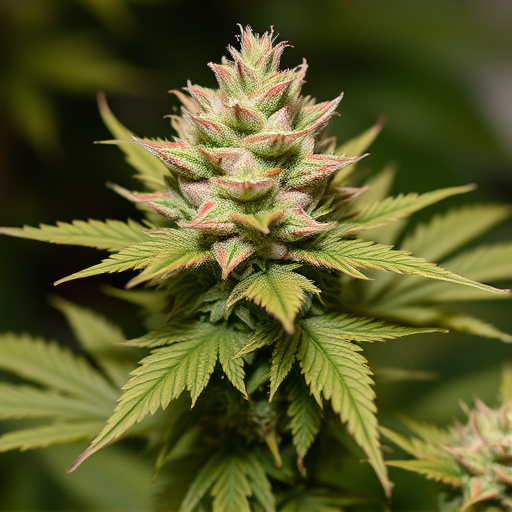
The aroma and terpene profile of cannabis are heavily influenced by environmental factors during the plant’s growth. The climate, soil composition, and cultivation techniques play a pivotal role in shaping the essence of the final product, especially when it comes to best hybrid cannabis strains. For instance, outdoor cultivation often exposes cannabis plants to a diverse array of natural scents from surrounding flora, allowing for a more complex terpene expression. In contrast, indoor growing environments can be meticulously controlled, enabling cultivators to manipulate light intensity, humidity, and temperature, ultimately guiding the terpene synthesis.
These external variables interact with the plant’s genetic makeup, leading to variations in terpene production and arrangement. Terpenes, responsible for the characteristic smells and flavors of cannabis, are volatile organic compounds that contribute significantly to the overall aroma experience. As a result, different growing conditions can result in distinct terpene profiles even within the same strain, making each batch of cannabis unique and offering diverse sensory experiences for consumers seeking the best hybrid cannabis strains on the market.
Sensory Perception: Unraveling the Complexities of Cannabis Aroma Evaluation
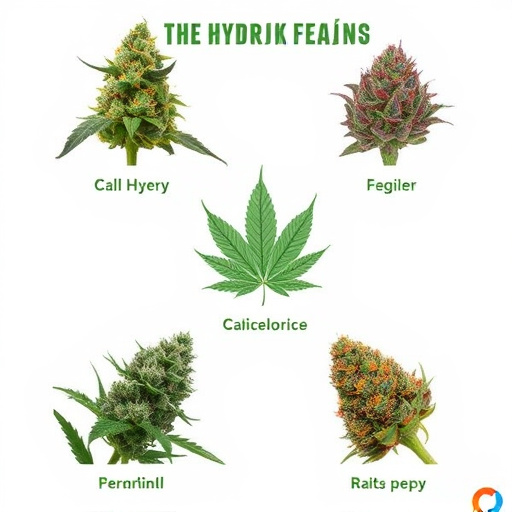
The evaluation of cannabis aroma is a multi-faceted process that involves intricate sensory perceptions. Beyond simply identifying different scents, experienced cannabis consumers and experts can discern nuances such as earthy, fruity, or floral notes. This complex task requires a sharp sense of smell and an understanding of how various chemical compounds contribute to the overall fragrance. The human nose detects odor through olfactory receptors, which bind with volatile organic compounds (VOCs) present in cannabis. These VOCs are responsible for the distinct aromas associated with different strains, including popular best hybrid cannabis strains.
Understanding these sensory interactions allows connoisseurs to appreciate the subtle differences between strains, enhancing their overall experience. Moreover, recognizing aromatic profiles can guide consumers toward specific varieties that align with their preferences. This knowledge is especially valuable when exploring diverse best hybrid cannabis strains, each offering unique aroma profiles that cater to a wide range of tastes.
The unique aroma of cannabis is a result of a complex interplay between genetic composition, environmental influences, and our sensory perception. Understanding these factors, from the specific terpene profiles of different best hybrid cannabis strains to their expression under varying conditions, allows us to truly appreciate the art and science behind this remarkable plant. By exploring these dimensions, we can better navigate the diverse cannabis landscape and uncover the scents that resonate most with each individual.

